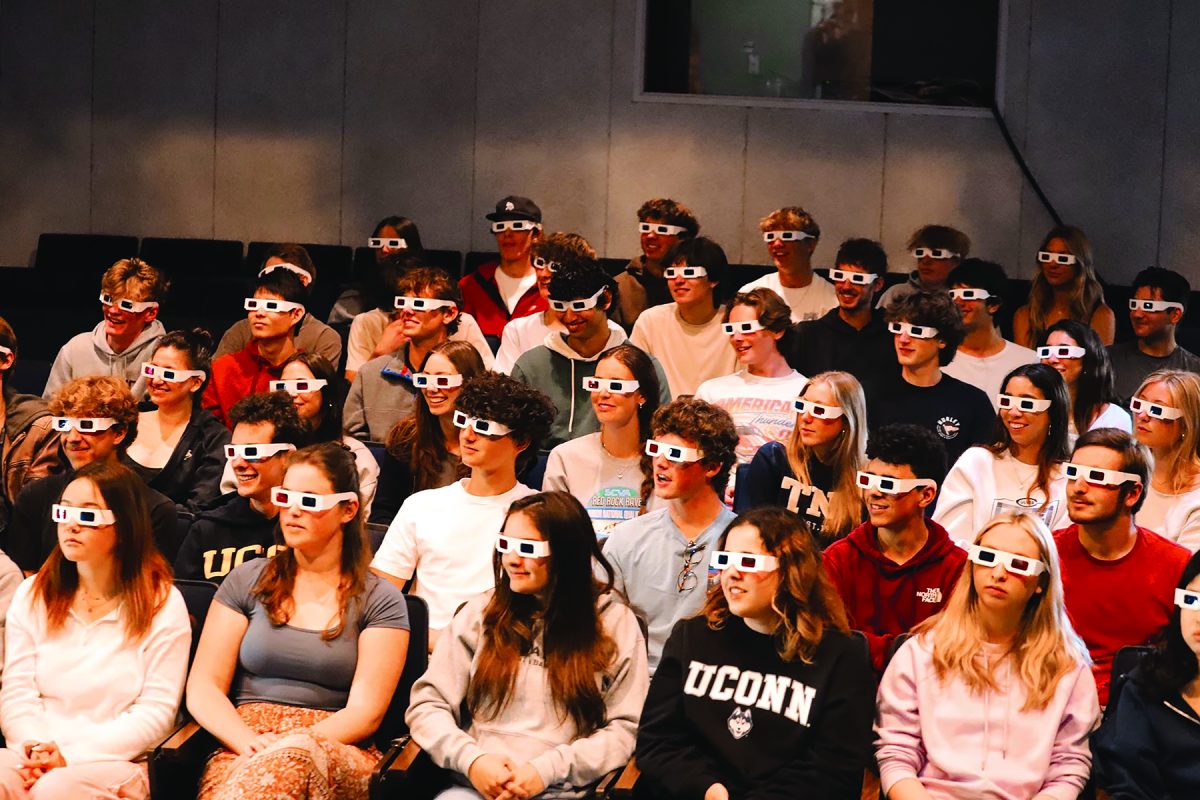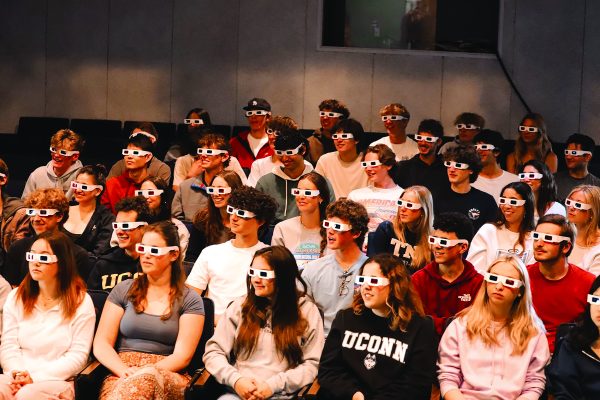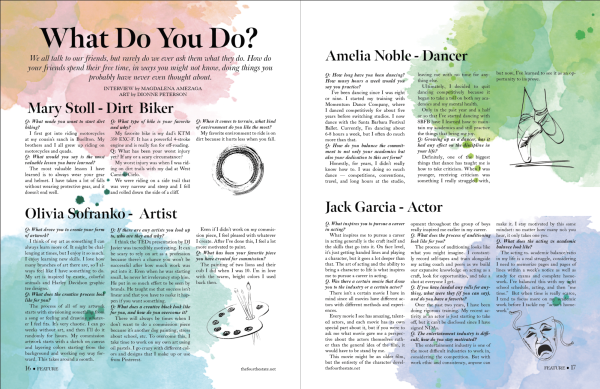Undressing the Dress Code
As the in-person school year started, students and administrators worked to revision the student dress code to be more agreeable, inclusive and equitable.
January 26, 2021
With the first day of in-person learning, students came to school not only having to traverse around many new COVID-19 procedures, but they also had to get dressed for school that morning like they hadn’t for months. The sweatsuit went back on the shelf and was replaced with backpacks and masks.
Conflicts surrounding the dress code became increasingly prevalent throughout the 2019-2020 school year, resulting in a clear need for action.
The need became less urgent as the school shifted to online learning and summer started.
However, at the beginning of this year, a process was put in place with hopes of fostering discussions among students and administrators, which would ultimately lead to a new student-approved dress code.
New Head of Upper School, Mrs. Alkire, and new DEI Coordinator, Ms. Chan, reached out to the entire student body encouraging all high school students to participate in the community-wide discussions.
“We are new administrators at this school, and we really want to come in and set the tone for what we value; community involvement, student involvement and student participation in policy is important for us, especially around the issue of dress code,” Chan said.
“It’s really important that everyone who is impacted by the decision and policy has a seat at the table and whose voices are heard.”
Students were invited to attend two open-forum Zoom meetings to initiate discussions about reforming the dress code.
The first meeting’s purpose was to dissect what goes into creating inclusive, fair and gender-neutral dress code policies. The second was to establish and carry out a collaborative solution.
Junior Molly Newell, eager to attend these meetings, said, “I’ve been waiting for this dress code to change ever since I came to Laguna in eighth grade and got dress-coded because I was wearing a cropped shirt.”
Rules such as zero-tolerance for profane language and hate messages remained consistent, while other policies, such as wearing crop tops and shoulder straps, required more deliberation.
The new dress code specifies a shirt with “opaque material from one armpit to the other” and a “bottom which includes: pants, jeans, shorts, leggings, skirts and sweatpants that cover the buttocks.” Alkire said, “There is just more room for student expression.”
Another change was the removal of gendered language that targeted female-specific clothing items, as well as any pronoun usage, was eliminated.
While making the dress code gender-neutral was a top priority, it was treated and regarded as purely a necessity. Chan said it was the “easiest thing, with most impact.”
Alkire agreed, saying, “I think once you make a policy gender-neutral, it inevitably becomes covering just certain parts of the body in a dress code. And that is a radical change, but also not really.”
The majority of students met the dress code changes with open arms.
So much so that, since the new code was put in place, not a single student has been dress-coded.
“I feel so much freer to express myself through fashion without worrying about my bra straps offending someone. I no longer have to spend an extra 20 minutes trying to find a top that won’t lead people to believe they have a right to comment on my body or how much of it is revealed,” junior Phoebe Ray said. Similarly, Molly felt that this freedom opened up the opportunity to wear new clothes to school.
“I’ve finally been able to wear my whole wardrobe instead of a quarter of it. I used to search the internet looking for clothes that I liked and fit the dress code. Now I can buy clothes that I enjoy and that I don’t just have to wear on the weekend.”
In addition to the changes to the handbook’s language, the process of being dress-coded has also changed.
If a student breaks protocol, a teacher or administrator will notify Alkire, Chan, and Mr. Dorfman, Director of Student Life. Once this happens, the student receives an email stating the violation.
In the case of clothes with messages of hate or violence, the student is instructed to change immediately and, if needed, further steps will be taken.
The implementation of this new system has changed the environment.
“I would feel the need to quickly hide from any teacher if my belly button was showing or try to pull down my shirt to avoid the humiliation of having attention drawn to my body and being slut-shamed in front of my peers. School feels so much safer and inclusive now that the new dress code has been put in place,” said Phoebe.
















